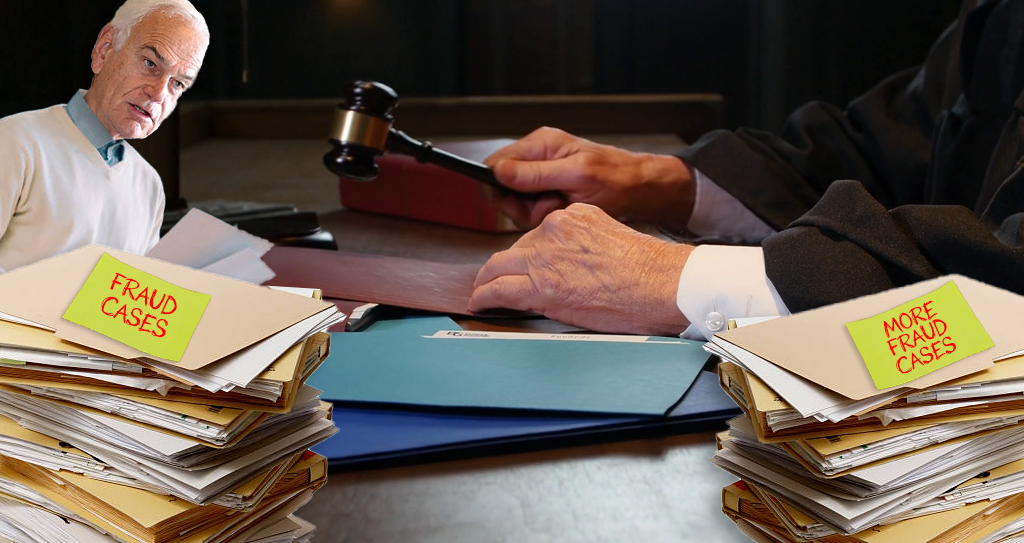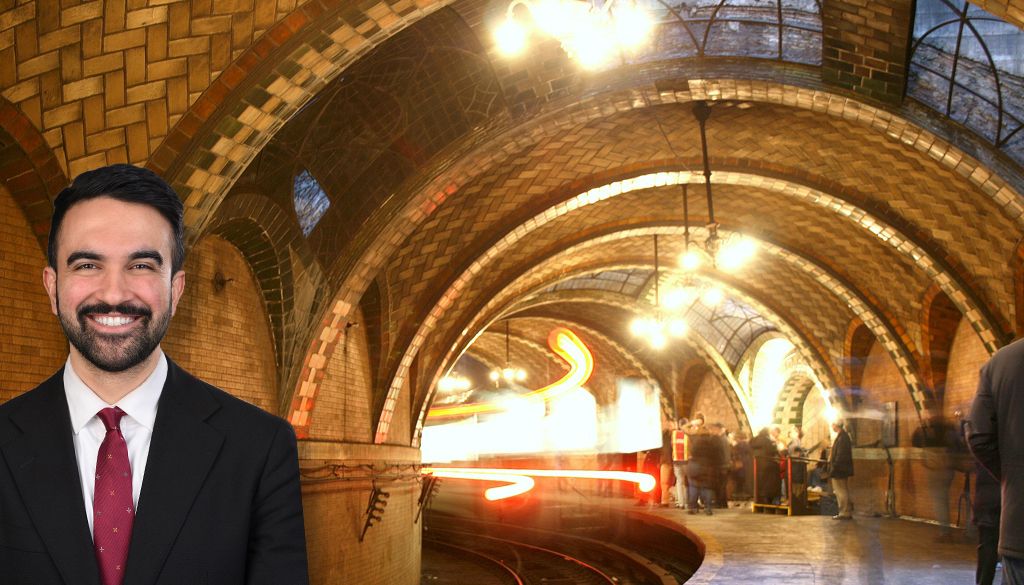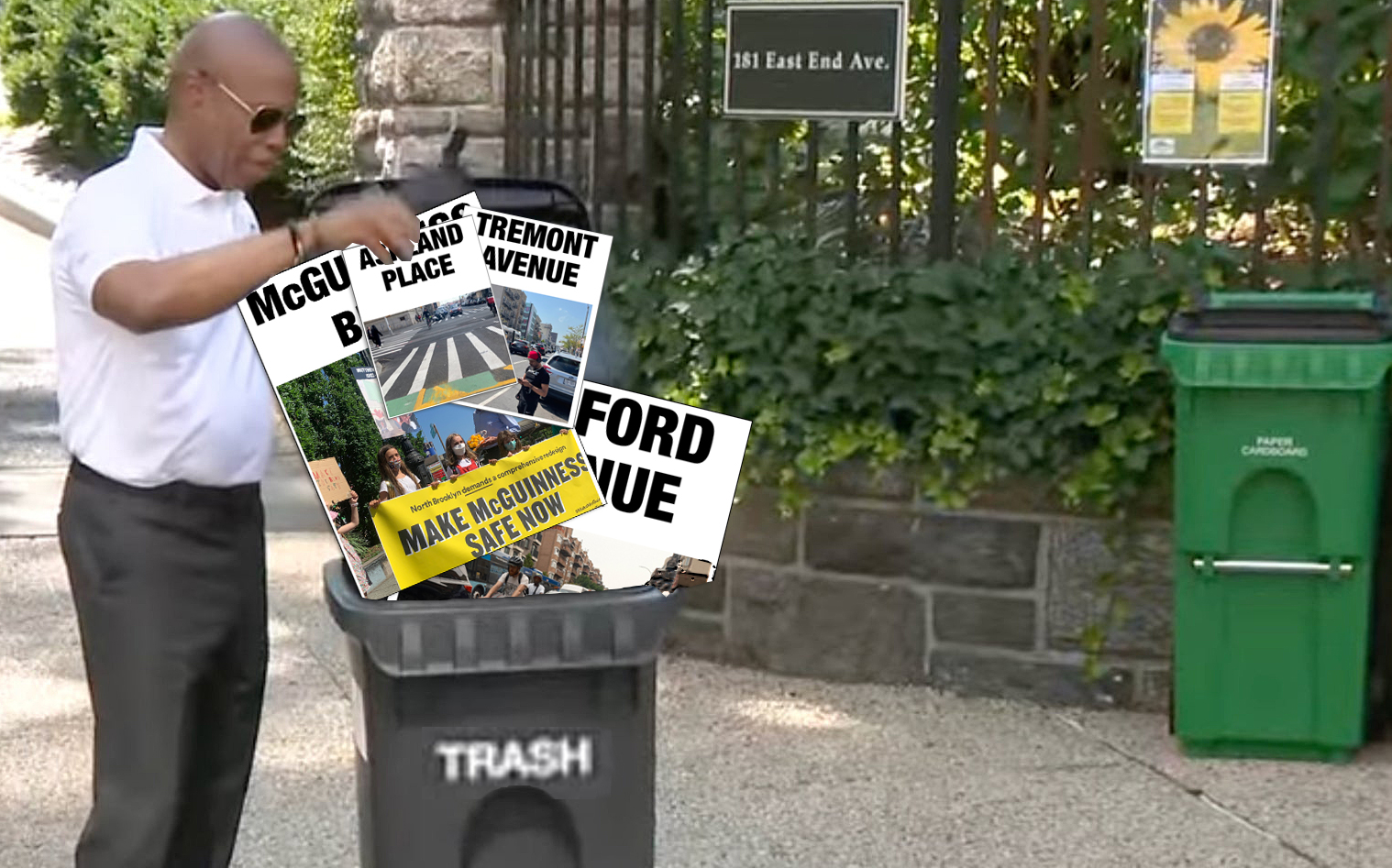Just how absurd have American development patterns become over the past few decades?
Behold: Two houses with adjoining backyards in suburban Orlando. If you want to travel the streets from point A on Anna Catherine Drive to point B on Summer Rain Drive, which are only 50 feet apart, you'll have to go a minimum of seven miles. The trip would take almost twenty minutes in a car, according to Google Maps.
Windy street patterns, full of cul-de-sacs and circles, have become such a ubiquitous feature of the suburbs that they mostly escape remark. But disconnected streets have many insidious consequences for the environment, public health, and social equity.
For one, the lack of a functional street grid funnels traffic onto wide arterial roads -- which tend to be the most dangerous places for pedestrians. Furthermore, disconnected streets discourage trips by foot or bike. People who can drive have no incentive to walk or bike anywhere because the trips would be too long and dangerous, while people who can't drive are effectively trapped in their own homes, or are highly dependent on caretakers.
The Congress for the New Urbanism's Sustainable Street Network Principles guide outlines seven principles for walkable, safe streets. The number one principle is to "create a street network that supports communities and places."
A major source of the problem, CNU points out, is that current transportation engineering and funding conventions favor building individual segments of roads, as opposed to a network of streets. In 2009, CNU even had legislation supporting street networks at the federal level inserted into the CLEAN-TEA transportation bill, which died along with the climate bill that year.
In the meantime, CNU has been offering trainings on their Street Network Principles to local communities and transportation professionals. Ultimately, CNU planner Heather Smith says, they are interested in getting the principles adopted into policy at all levels of government.
Someone with influence in suburban Orlando needs to take that course.






